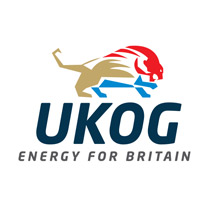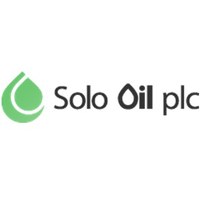The data recorded during flow testing of the Horse Hill-1 (“HH-1”) well will be used to help estimate the recoverable reserves potential of the Portland sandstone reservoir and to determine if oil can be flowed to surface from the Kimmeridge limestone tight oil play, from an unstimulated vertical well. The information will also be used to assess the most appropriate potential development scenarios for both the Portland sandstone and Kimmeridge limestones, particularly with respect to whether horizontal wells or stimulation may be required to achieve commercial flow rates.
In Horse Hill-1, the zones of interest lie behind a cemented casing. The objectives of the series of flow tests are to establish the flow capacity of the single Upper Portland sandstone layer and of two limestone layers (the Kimmeridge Micrites), and to recover oil samples. Each zone will be perforated to allow flow into the wellbore. Flow will pass up the well through a valve arrangement, known as a “Christmas tree”, then on into the flow testing equipment at the surface.
A generic flow test configuration from a recent UK flow test is shown in Figures 1 and 2. It should be noted that this was not a UKOG flow test and the equipment used in UKOG’s HH-1 flow test may be different. Note also that the physical footprint and activity level of the testing period is significantly smaller than during the drilling phase. Figure 3 shows a schematic of a typical flow testing equipment arrangement.
Oil and water will be transported from site via road tankers, to a trans-shipment point and to a licensed disposal site respectively. During each flow test a stable flow rate will be metered, sample reservoir fluids will be taken and then the well will be shut in to record pressure. The number of road tanker loads will be minimised during the flow test programme.
The maximum amount of time to execute the entire flow testing programme is currently estimated at 30 days, with potential for reduction. This includes mobilisation, setting-up and removal of all related equipment from the well site. Heavy good vehicle movements will be arranged to minimise road traffic.
Effective 31st December, 2015, the flow test has full regulatory consents from the Oil and Gas Authority, Health and Safety Executive and Environment Agency together with the existing planning permission from Surrey County Council. The flow testing will be conducted in strict accordance with the terms and conditions of the permits.


